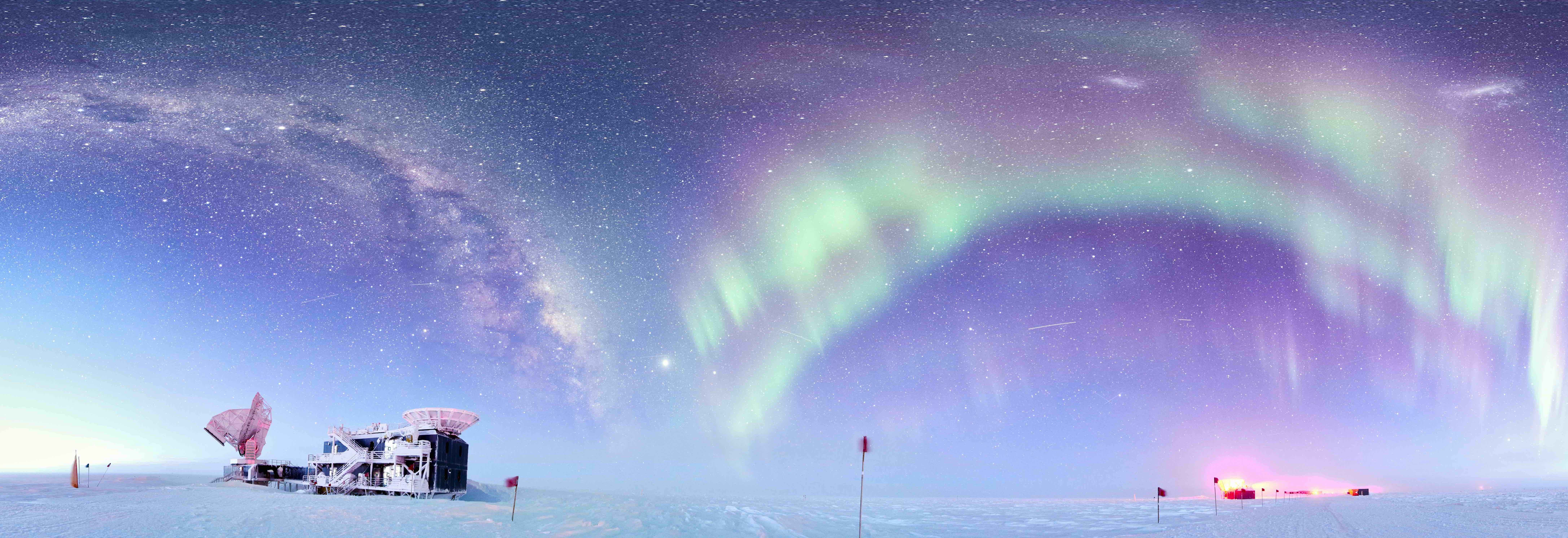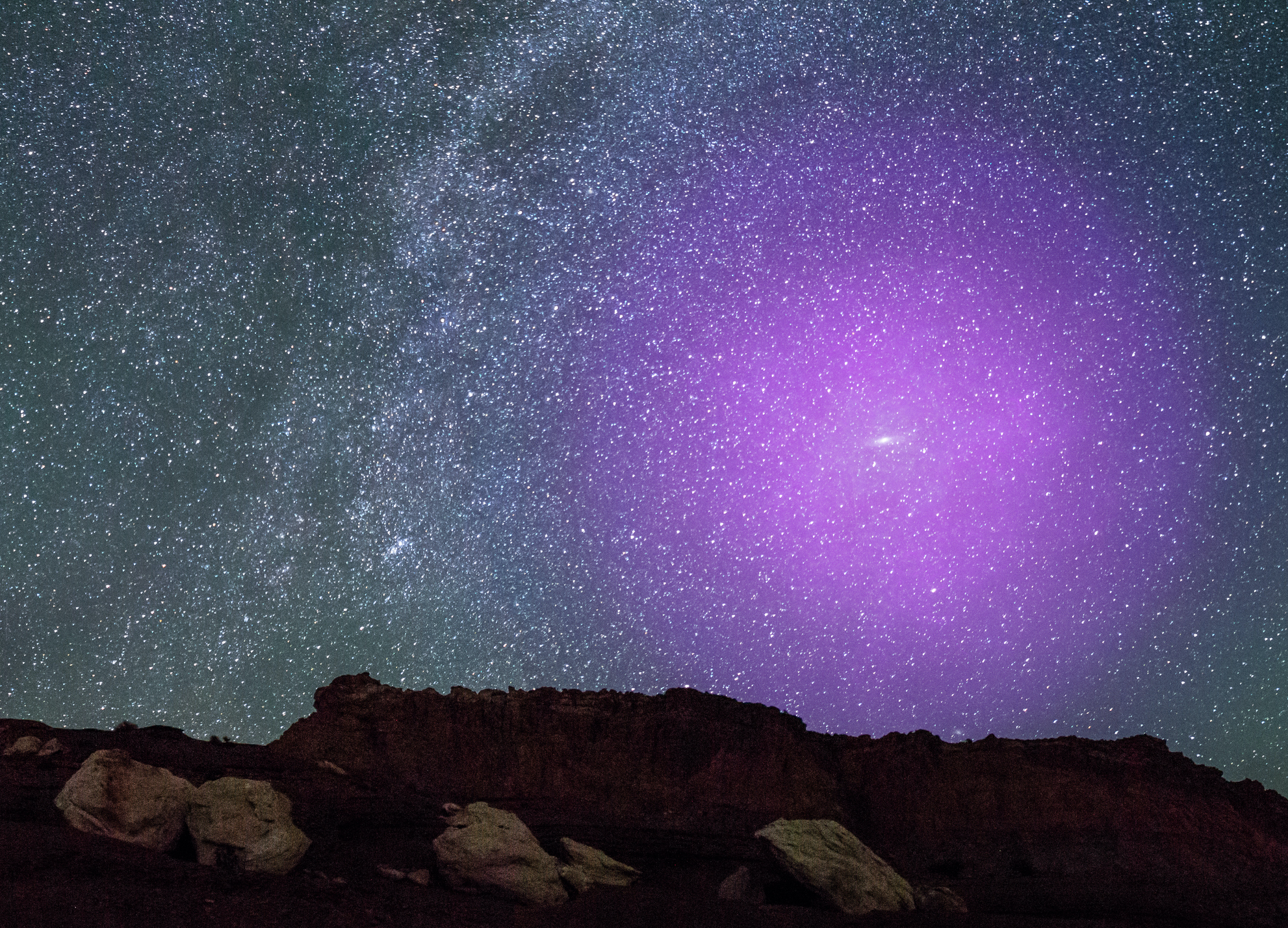The National Science Foundation has awarded up to $21.4 million for the design of telescopes for CMB-S4, an international experiment that will study the cosmic microwave background and help us understand the beginning, history, and makeup of the universe. Berkeley Lab leads the project for DOE and also plays a lead role in technology development.

